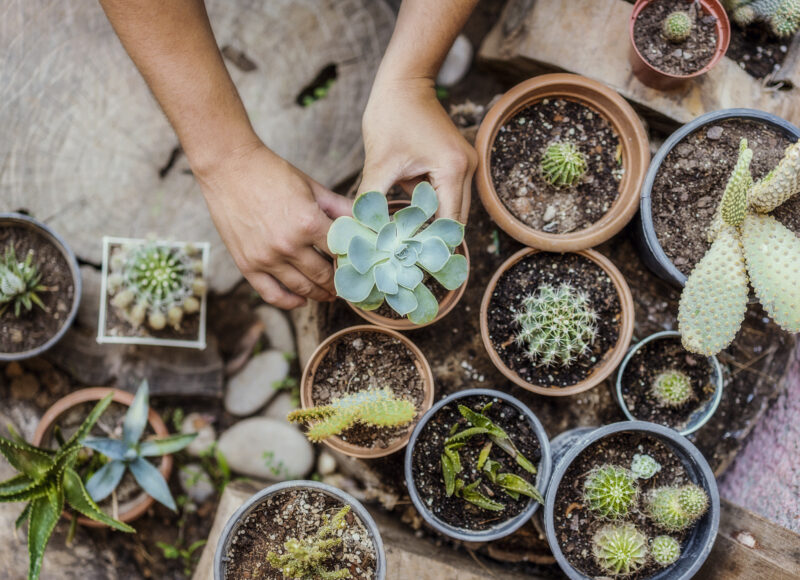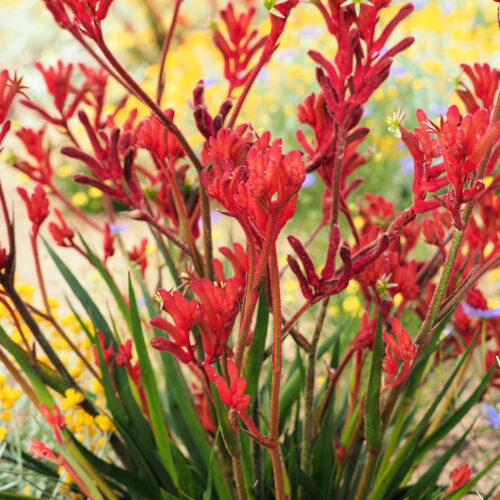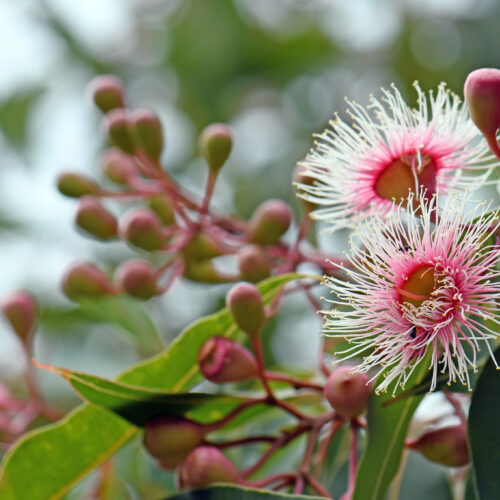Being water-wise is not just about conservation; it’s about choosing the right plants and trying smart gardening techniques to ensure your outdoor space remains a vibrant oasis. Here’s how you can maintain a beautiful garden while being mindful of water usage.
Choosing the Right Plants #
The key to a water-efficient garden starts with selecting the right plants. Native Australian plants are your best bet, as they’re well-adapted to our climate and require less water. Consider adding species like Kangaroo Paw, Bottlebrush, or Grevillea. These plants not only add colour and texture to the garden but also attract local wildlife like birds and bees. Succulents and other drought-tolerant plants can also add variety while keeping water usage minimal.
Creating “hydrozones” in your garden is another great way to manage water use. Group plants with similar water needs together ensuring that each section of your garden receives the right amount of water, preventing both under and over-watering.
Soil Improvement #
In the very sandy soils of Western Australia improving the soil’s ability to retain water is vital for the optimum health and growth of our gardens and can significantly reduce the need for frequent watering. Adding organic matter like compost or well-rotted manure can enhance soil structure, increasing its water-holding capacity; as well as adding a wetting agent which clings to the moisture meaning your plants will have access to moisture for a longer period, even in dry conditions.

Mulching: A Gardener’s Best Friend #
Mulch is essential in conserving soil moisture and reducing evaporation. Organic mulches, such as straw, bark chips, or compost, act as a barrier against the harsh sun. They also gradually break down, improving soil quality. A generous layer of mulch around your plants can significantly reduce the need for frequent watering.
Efficient Watering #
Watering wisely can make a big difference. Early morning or late afternoon are the best times to water, reducing evaporation losses. Drip irrigation systems or soaker hoses are excellent for delivering water directly to the roots where it’s needed most, rather than wasting it on leaves or evaporating in the air. There are also designated watering days depending on your street number and postcode – head to the water corporation website here to find out when your watering days are, as you can be fined for watering outside of your allocated time.
Creating Shade #
Strategic placement of taller plants or the use of shade cloths can protect your more vulnerable plants from the intense midday sun. This not only helps in slowing down evaporation but also ensures that your plants don’t suffer from heat stress.
 |  |
Rainwater Harvesting #
Consider installing a rainwater tank or bore to collect and store water during wetter months. This can be a valuable resource for your garden during dry spells and helps in reducing your overall water consumption.
By choosing the right plants, employing smart watering practices, and making use of mulching and shading, you can keep your garden flourishing even in the dry summer months. Not only does this approach save water, but it also ensures that your Beenyup Grove home is surrounded by a sustainable and beautiful green space. Embrace these water-wise gardening tips and enjoy a thriving garden that complements your lifestyle in Beenyup Grove.


